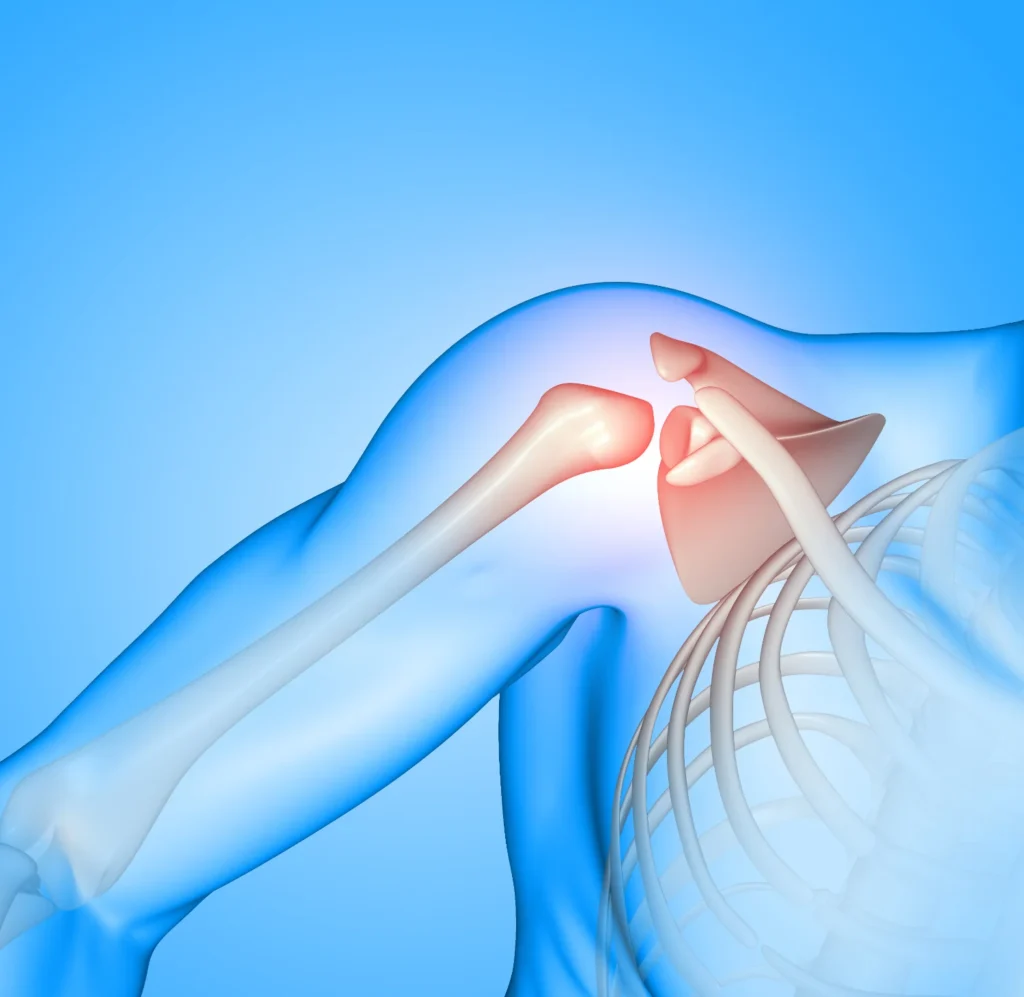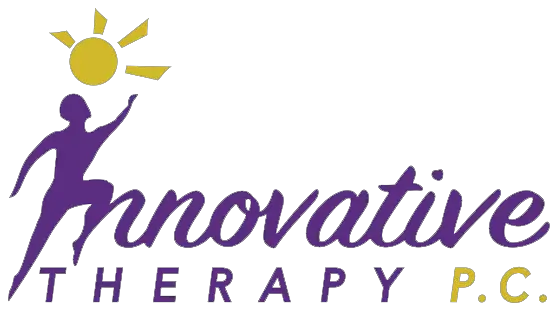As someone with experience in orthopedic surgery, I have witnessed firsthand the challenges patients face when dealing with shoulder joint issues. Total Shoulder Replacement (TSR) is one of the most effective solutions to relieve pain and improve function. However, it has traditionally been a “one-size-fits-all” procedure. Unfortunately, such an approach doesn’t take into account the unique anatomical characteristics of each patient, leading to suboptimal results.
This is where patient-specific shoulder replacement surgical planning comes into play. By tailoring the procedure to a patient’s specific anatomy, orthopedic surgeons can achieve higher precision and better outcomes. Using advanced tools like 3D modeling, custom implants, and pre-surgical assessments, we can ensure that each step of the surgery is perfectly matched to the individual’s needs.
In this article, we will explore how personalized surgical planning is transforming shoulder replacement surgery. By the end, you’ll understand the benefits, challenges, and future possibilities of this innovative approach and how it can make a significant difference in your treatment journey.
Understanding Total Shoulder Replacement (TSR)

What is Total Shoulder Replacement?
Total Shoulder Replacement (TSR) is a surgical procedure aimed at replacing the damaged or arthritic shoulder joint with a prosthesis. The goal is to relieve pain, improve mobility, and restore function in individuals suffering from severe shoulder arthritis, rotator cuff tears, or fractures.
TSR involves removing the worn-out surfaces of the shoulder joint and replacing them with prosthetic components. These components typically consist of a metal ball (to replace the head of the humerus) and a plastic socket (to replace the glenoid). While TSR can be highly effective, the success of the procedure depends heavily on the surgeon’s ability to tailor the replacement to the patient’s specific needs.
When is TSR Recommended?
Total Shoulder Replacement is often recommended for patients experiencing severe shoulder pain and disability who do not respond to non-surgical treatments like physical therapy, medications, or steroid injections. The most common conditions that lead to the need for TSR include:
- Osteoarthritis
- Rheumatoid arthritis
- Severe fractures or dislocations
- Rotator cuff arthropathy
In cases where the damage to the shoulder joint is too severe for conservative treatments, TSR offers an effective solution for pain relief and improved function. However, traditional TSR approaches do not account for the unique anatomy of each patient, which can impact the overall success of the surgery.
Importance of Patient-Specific Surgical Planning
Why Patient-Specific Planning Matters
While traditional shoulder replacement surgery can be successful, it may not always yield the best results for every patient. Each individual has unique anatomical features that can significantly influence the success of the procedure.
Patient-specific surgical planning involves the use of advanced imaging technologies and custom-designed implants to match the patient’s specific anatomy. This personalized approach allows the surgeon to more accurately plan the procedure, ensuring that the prosthetic components fit perfectly and the surgical technique is optimized for the patient’s needs.
With patient-specific planning, the risks associated with poorly fitting implants, improper alignment, and inefficient surgical techniques are reduced, leading to better outcomes. This approach also shortens recovery times, minimizes the risk of complications, and improves overall patient satisfaction.
How Personalized Planning Improves Outcomes
The benefits of personalized planning in TSR are significant. Here are a few reasons why:
- Improved Fit and Alignment: Custom implants and surgical tools allow for better alignment and fitting, improving the range of motion and reducing discomfort.
- Lower Risk of Complications: Personalized planning ensures that the procedure is tailored to the individual’s needs, minimizing the chances of complications such as implant loosening or dislocation.
- Faster Recovery: With more precise surgery, patients experience less trauma to surrounding tissues, leading to quicker recovery times.
- Better Long-Term Outcomes: The fit and alignment provided by patient-specific planning can result in better functionality and durability of the shoulder joint over the long term.
Technologies and Innovations in Patient-Specific Shoulder Replacement

Technological Advancements Shaping the Future of TSR
The integration of advanced technologies in patient-specific shoulder replacement has revolutionized the way surgeons approach the procedure. Here are some of the most significant innovations:
- 3D Imaging and Modeling: Pre-surgical imaging (CT scans, MRIs, etc.) can be transformed into 3D models of the patient’s shoulder joint. These models allow the surgeon to visualize the anatomy in great detail and plan the procedure with utmost precision.
- Custom Implants: Instead of using off-the-shelf implants, patient-specific implants are created based on the patient’s anatomy. This ensures a perfect fit and minimizes the risk of complications.
- Robotics-Assisted Surgery: Surgeons can now use robotic systems to enhance the precision of the surgery. These systems help in making fine adjustments to implant placement and alignment, ensuring better results.
- Computer-Assisted Surgery (CAS): CAS systems provide real-time data during surgery, helping surgeons navigate the procedure with greater accuracy.
These technologies not only improve the precision of the surgery but also allow for better customization, leading to enhanced patient outcomes.
Benefits of Patient-Specific Surgical Planning
Why Tailored Surgical Planning is Better for Patients
The primary benefit of patient-specific surgical planning is that it addresses the unique needs of each patient. Below are the main advantages:
| Benefits of Patient-Specific Surgical Planning | Details |
|---|---|
| Higher Surgical Precision | Improved implant fit and alignment reduce the chances of complications. |
| Reduced Recovery Time | More precise surgery leads to less trauma and faster recovery. |
| Long-Term Joint Function | Enhanced fit ensures better functionality and durability over time. |
| Increased Satisfaction | Patients experience higher satisfaction due to improved mobility and pain relief. |
Bullet Points on Benefits
- Enhanced implant fit and alignment
- Lower risk of complications (e.g., dislocation, infection)
- Faster recovery and less pain post-surgery
- Increased durability of the shoulder joint
- Improved functionality and range of motion
Risks and Challenges in Patient-Specific Planning
Potential Risks and Limitations
While patient-specific planning offers many advantages, there are also risks and challenges to consider:
- Complexity of the Procedure: The use of advanced technologies and custom implants can make the procedure more complex and time-consuming.
- Cost: Custom implants and high-tech planning tools can increase the overall cost of the procedure, making it less accessible for some patients.
- Technology Limitations: While 3D modeling and robotics-assisted surgery are innovative, they are still evolving, and there may be limitations in certain cases or patient conditions.
Challenges in Achieving Perfect Alignment
Achieving the perfect fit and alignment is not always guaranteed. Surgeons must be highly skilled in interpreting the 3D models and utilizing robotic or CAS tools. Additionally, patients with complex anatomy may present more challenges in terms of implant selection and surgical planning.
Post-Surgical Considerations and Recovery
What to Expect After Surgery
After undergoing a patient-specific shoulder replacement, the recovery process is essential to achieving the best results. Here’s what to expect during the recovery phase:
| Post-Surgical Considerations | Details |
|---|---|
| Pain Management | Pain is common but manageable with medications and ice packs. |
| Physical Therapy | Essential for restoring mobility and strength in the shoulder joint. |
| Follow-Up Appointments | Regular visits to monitor healing progress and address any concerns. |
The recovery timeline typically spans several months, with most patients being able to return to daily activities within 3-6 months, depending on individual healing rates and adherence to physical therapy.
FAQs About Shoulder Replacement Surgical Planning
What are the benefits of patient-specific implants?
Patient-specific implants offer better fit and alignment, which improves functionality, reduces the risk of complications, and enhances long-term outcomes.
How accurate is 3D planning for shoulder replacement surgery?
3D planning allows for highly accurate visualization of the shoulder joint, improving surgical precision and implant placement.
Is patient-specific shoulder replacement suitable for everyone?
While most patients are candidates for patient-specific TSR, those with extremely complex shoulder anatomy or other medical conditions may not be ideal candidates.
What is the recovery time for a personalized shoulder replacement procedure?
Recovery time varies by patient, but most individuals can expect to return to daily activities within 3-6 months, with full recovery taking up to a year.
Conclusion
Patient-specific surgical planning is transforming the landscape of shoulder replacement surgery. By tailoring the procedure to each individual, we can enhance precision, reduce risks, and ensure better long-term outcomes. As technology continues to advance, the future of personalized surgery looks promising, with even more innovative tools and techniques on the horizon.
If you’re considering shoulder replacement surgery, discussing patient-specific planning with your orthopedic surgeon could be a game-changer for your recovery and quality of life.
Ready to Experience Personalized Shoulder Replacement Planning in Dallas, TX
If you’re considering a patient-specific total shoulder replacement surgery in Dallas, TX, look no further than Innovative Therapy P.C. Our expert team is committed to providing you with personalized care, utilizing the latest technologies to ensure the best possible outcome. Don’t wait – take the first step toward a pain-free, active life today!
Call us now or book your consultation online with Innovative Therapy P.C. to get started on your journey to recovery in Dallas, TX.





